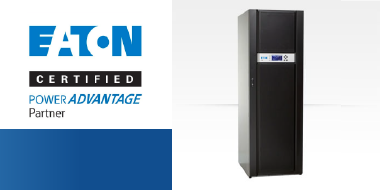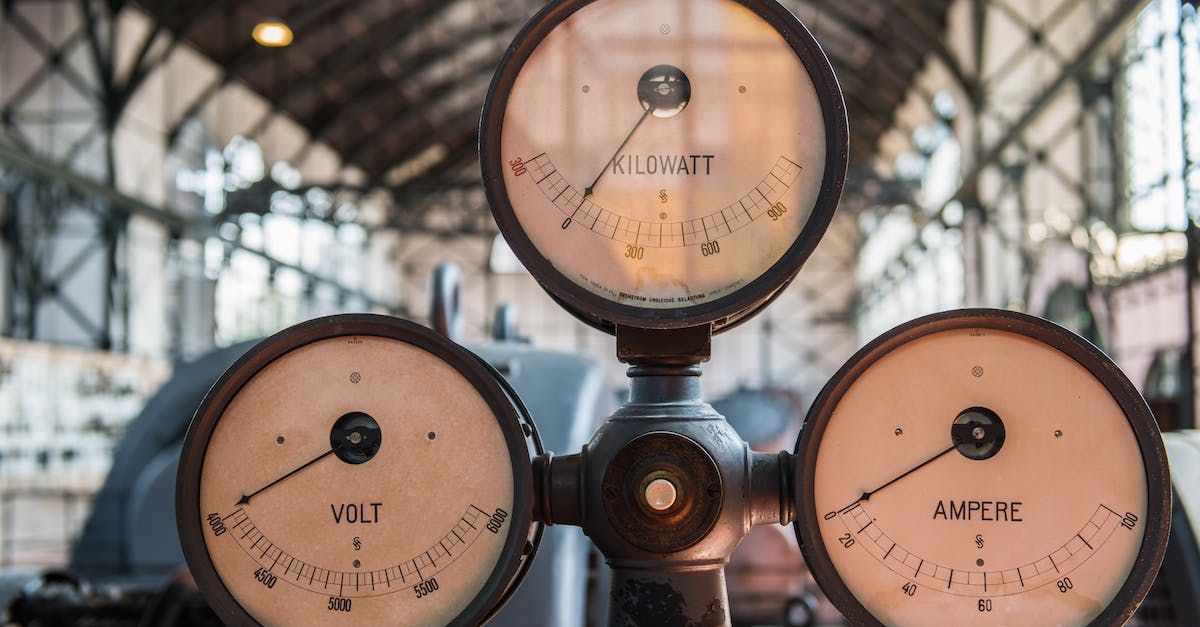Watts vs VA for Sizing an Industrial UPS System
Share this article:
The importance of our network of IT and other equipment cannot be overstated. Yet with an increasingly delicate power grid, combined with escalating power consumption of IT equipment, the stability and reliability of that network is constantly in jeopardy. Consequently, the value of UPS (uninterruptible power supplies) is on the rise for industrial applications, businesses, and even our homes.
However, if you are new to the world of UPS’s and have spent any time research them in order to determine which products are the best fit for your needs, you may be left with some questions to say the least. One of those questions that may have you scratching your head is the difference between watts, VA (volt-ampere) and how they should be influencing your purchasing decisions. That confusion ends here.
Here, we will explain how watts and VA interact with each other and the system you choose to deliver the reliable, uninterruptible power supply you need. Read on to learn more.
The Technical Details
Fair warning, there will be a lot of technical jargon in this section, but don’t worry. We’ll do our best to clearly explain everything as we go to help you gain a better understanding, no matter what level of experience you have in electrical engineering and physics.
The first thing you need to know is that every electronic device has both maximum watt ratings and a maximum VA rating. A UPS is no different.
Watts is known as the “Real Power” drawn by the equipment in the circuit, whereas volt-amps are what is known as the “Apparent Power.” VA is calculated by multiplying the voltage applied to the equipment by the current drawn by that same equipment. If that doesn’t quite make sense, it may help to think of the watt rating as the amount of power you need to purchase from a utility company in order to run your devices and the VA as what your wiring will need to be able to handle.
When looking for a UPS system, you will want to ensure that when added together, the wattage and VA ratings of all the attached equipment and devices (called the “load”) never exceeds the wattage and VA ratings of your chosen UPS system.
A Closer Look at Watts vs Volt Amperes
When it comes to UPS’s, watt and VA ratings can differ significantly, but what is most important is that the VA rating is always equal to or larger than the watt rating. The ratio of the watts to VA is known as the “Power Factor” and is expressed as a percentage or number (ex. 0.9 would be 90%). That “Power Factor” is critical to properly sizing your UPS system. Why?
How Watts, VA, and Power Factor Should Be Used
Because UPS systems are most commonly sized through a kW (kilowatts) and or a kVA (kilo-volt-amperes) rating, the power factor is extremely important for finding the correct kilowatt sizing. Taken together, the equation for determining the correct kilowatt requirements of your system looks like:
Total Watts = Volts * Amps * Power Factor
In a perfect world, a 1kVA UPS is rated to handle 1,000 volt-amperes, and therefore 1,000 watts. However, no UPS system is 100% efficient, hence the importance of the power factor. Some power capacity will always be lost in the transformers or circuitry of the system and that reality should always be considered.
Sizing Your UPS
Just like your UPS, each device in your facility or home has a maximum wattage rating which can typically be found on the label or in the owner’s manual. To begin sizing your UPS, you will need to determine which devices you want to connect and add up their total watt usage. That number can then be used to determine the maximum load capacity your UPS needs to be able to supply power for.
While instinct may tell you to get the UPS that matches your requirement, our experts typically recommend giving yourself an extra 20% of load capacity. Doing so not only accounts for what your system will need to handle during peak conditions, but you may also expect the life span and runtime to be positively impacted.
What About UPS Runtimes?
Understanding the impact watts, VA, and power ratings have on your UPS requirements is only one half of the equation. You will also need to determine what kind of runtime your equipment requires. The runtime of your UPS system will depend on the type of battery or power source you are using. To better understand those options and their capabilities, we invite you to browse our Guide to UPS Runtime Solutions on our FGC Construction home site.
Eaton UPS Systems: Helping You Navigate Your UPS Needs
Eaton UPS Systems, our FGC Equipment Division, is a national distributor of Eaton Products focused on quality customer service. Our overall industry experience and equipment expertise provides a unique supplier relationship to all industries. Our mission is to provide critical equipment assets, excellent consulting services, technical and technical expertise for your important project.
Our experienced Product Representatives are on hand to provide guidance on, as well as send you information and quotes for your equipment needs. When you need help with UPS sizing, installation planning, or general questions about products, we are here for you.
Fill out our online contact form, or chat with one of our specialists in our chat feature today and a representative will respond promptly.




